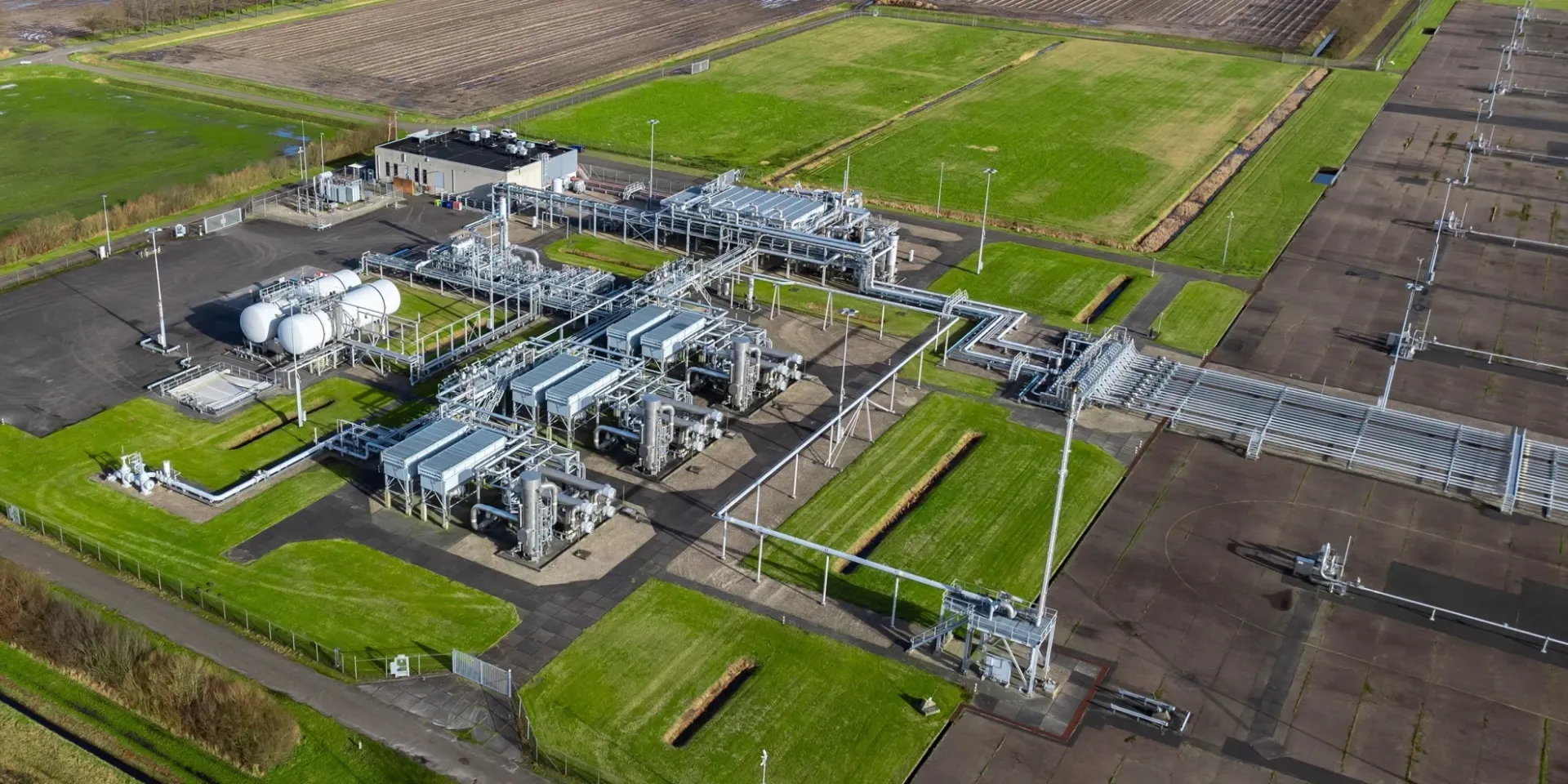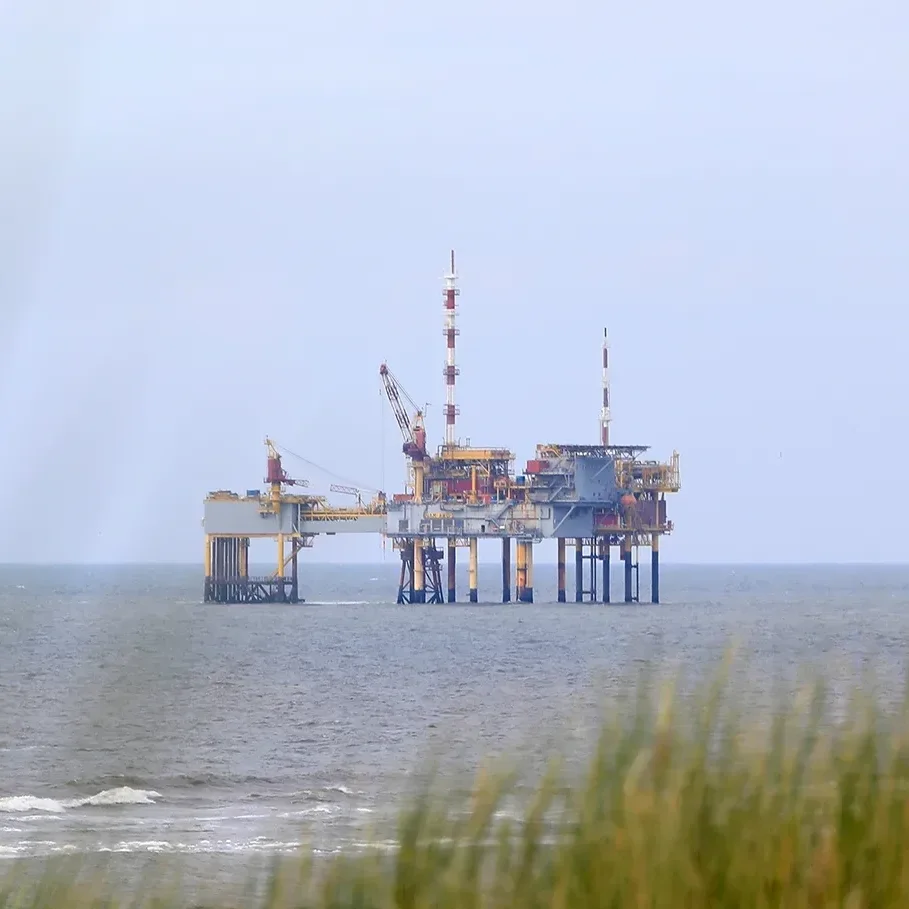
The solution
NAM successfully modernized its vast engineering archive using GTX, ensuring fast retrieval, efficient updates, and secure digital storage. The shift to hybrid editing and EDM integration enabled seamless collaboration, improving offshore maintenance planning, regulatory compliance, and cost efficiency.

NAM: Modernizing engineering documentation for offshore operations
Nederlandse Aardolie Maatschappij (NAM) faced difficulties digitizing 1 million engineering drawings. With GTXRaster CAD® PLUS, NAM prioritized critical scans, streamlined raster editing, and enabled remote document access, ensuring efficient offshore maintenance, legal compliance, and reduced costs.
Nederlandse Aardolie Maatschappij (NAM), founded in 1947 by Esso and Shell, is the leading producer of natural gas in the Netherlands, supplying 70% of the country’s total gas demand. With over 1 million engineering drawings, spanning 30 years across multiple locations, NAM faced a significant challenge in modernizing and digitizing its archive while ensuring the integrity of its offshore and onshore facilities.
Challenge
NAM’s historical documentation consisted mostly of polyester-based engineering drawings, making retrieval manual, slow, and costly.
- Only 10% of drawings were digital, complicating modification cycles for "as built" updates.
- Legal and operational requirements made accurate record-keeping essential for plant integrity and safety.
- Offshore plants posed additional logistical hurdles: engineers had to physically retrieve drawings before each visit, impacting maintenance efficiency.
Solution
NAM implemented a comprehensive EDM (Electronic Document Management) system, integrating GTXRasterCAD® PLUS with AutoCAD® 2000 across 18 networked seats.
- High-resolution scanning & prioritization: Critical "as built" drawings received high-quality scans to enable future digital modifications, while secondary documents were digitized more simply.
- Hybrid raster & vector editing: GTX provided an efficient alternative to full vectorization, allowing engineers to modify scanned drawings directly in AutoCAD®.
- Secure access via the NAM intranet: Engineers gained structured privileges for querying, viewing, printing, and updating drawings—ensuring controlled revisions and regulatory compliance.
Result
By transitioning to GTXRasterCAD® PLUS, NAM significantly improved engineering efficiency and document accessibility:
- Engineers now access and update critical drawings remotely, eliminating manual retrieval delays.
- Offshore teams have up-to-date schematics at all times, enhancing maintenance and safety operations.
- NAM streamlined drawing revisions, ensuring compliance with legal and operational standards while reducing costs.